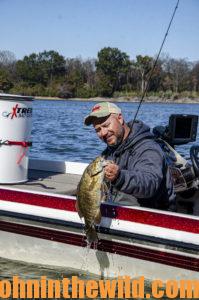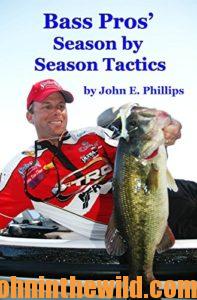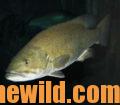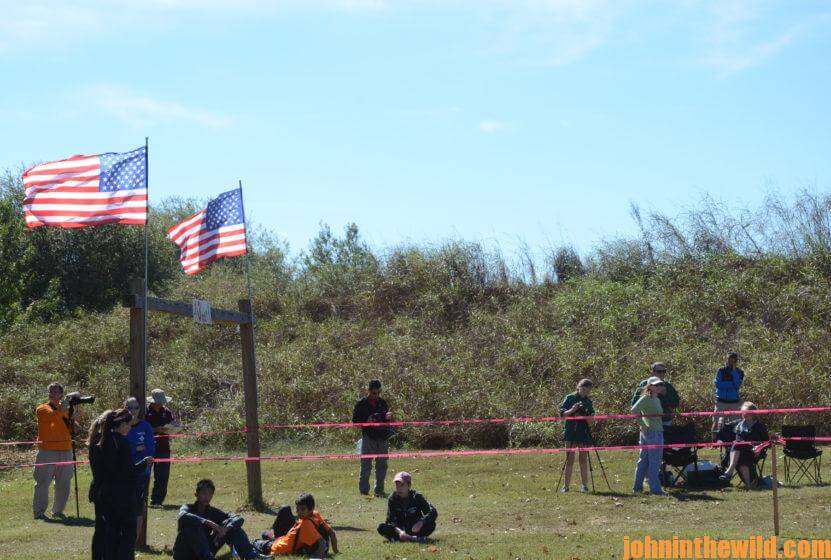Editor’s Note: Nolan Shivers of Birmingham. Alabama, and his fishing buddy, Cap Wilover, brought in a box full of smallmouth bass to be mounted at my brother Archie Phillips’ taxidermy shop years ago. They had 10 smallmouth bass, weighing a total of 98 pounds, that they wanted to be mounted on a stringer. That was the biggest catch of smallmouth I ever had seen in my life. When I asked Shivers how they caught those smallmouths, he explained that they caught them minnow fishing below Wheeler Dam on Wilson Lake on the Tennessee River in swift water within 50 yards of the dam down to 2 miles past the dam on shell banks, Indian mounds, drop-offs and ledges. During the fall and winter months, the smallmouths and other bass on the Tennessee River gang-up near the dams, because the water coming from the hydroelectric plants is warmer than the water in the Tennessee River lakes and feed on shad minnows. A few weeks ago, I fished The Tennessee River’s Pickwick Lake on the borders of Tennessee/Alabama/Mississippi with Brad Whitehead of Muscle Shoals, Alabama, and Ronnie Leatherwood of Killen, Alabama.
Guide Brad Whitehead guide (bradwhiteheadfishing@yahoo.com) and (https://www.facebook.com/people/Brad-Whitehead/100008425833568) fishes out in the middle of Pickwick Lake. If you pass by him, you’ll think he’s fishing for catfish. However, if you can see the bottom structure, then you’ll understand why he’s is between 100 – 150 yards out from either bank. “I’m sure the people who are running up and down the river in their boats think I’m catfishing,” Whitehead explains. “However, I’m fishing the very ends of underwater points of islands that are out in the middle of the lake. I’ll be fishing water depths from 14 – 22 feet deep. Smallmouths will be holding on these points due to the rocks and stumps on the ends of these points. Another place you’ll find smallmouths in the fall and winter is on the underwater Indian mounds in the lake.”
Before Pickwick Lake was backed-up, archeologists discovered Indian mounds and used backhoes to dig trenches through each mound to see what type of archeological information was left by the  native Americans who’d built these mounds many years ago. The smallmouths hold on the sides of these mounds because there’s a sharp drop-off from the tops of the mounds down to their bottoms. Also, the smallmouth and the spotted bass will hold down in the trenches. So, as the current brings bait fish staying close to the bottom over the tops of the trenches, the smallmouths can hold down in the trenches where there’s no current, dart out of the trenches and attack the bait.
native Americans who’d built these mounds many years ago. The smallmouths hold on the sides of these mounds because there’s a sharp drop-off from the tops of the mounds down to their bottoms. Also, the smallmouth and the spotted bass will hold down in the trenches. So, as the current brings bait fish staying close to the bottom over the tops of the trenches, the smallmouths can hold down in the trenches where there’s no current, dart out of the trenches and attack the bait.
“The method of bass fishing I use is to find the current breaks, and you’ll locate the bait fish,” Whitehead reports. “A current break and shad means that is where the bass have to be. Sometimes the bass will suspend above a drop-off, hold on the edge of a drop-off, and concentrate right on the bottom. But they definitely will relate to these underwater current breaks that are transition areas where the bass easily can move from shallow water to deep water.”
In this Tri-State area, cold fronts and warm fronts move through regularly in the fall and winter. Often the air temperature may change from 10 – 20 degrees – either warmer or cooler overnight. These fronts coming through make the bass move higher or lower in the water and may cause the bass to hold on or near different parts of the structure. Then all the bass have to do is raise-up or lower their bodies in the water to adjust to the temperature changes. One of the best ways to successfully bass fish Pickwick in the fall and winter if you only have one day to fish, is to spend the first half of the day surveying or looking for underwater points, ledges, drop-offs and Indian mounds. And, if you’re fairly well-versed at reading lake maps and contour lines, you often may find the places you want to fish – even before you reach the lake.
Although many locals in the Pickwick Lake region fish with live shad minnows on 8 – 10 pound test line, you also can catch the bass on deep-diving crankbaits like PRADCO’s Deep Crankbait A Box at https://www.pradcooutdoorbrands.com/ and Strike King’s Pro Model 10XD Crankbait (www.strikeking.com). If the bass are biting slowly, you may want to fish drop shot rigs and shaky head worms. Always cast upcurrent, and retrieve your lures with the current. The size of crankbaits you’ll need and the sizes of lead head jigs and drop shot weights you use depends on the speed of the current, the depth of the water and the position of the bass in relationship to the structure on the day you’re fishing. The color of your baits will depend on water color on the day you’re fishing too.
For further information about Pickwick Lake, contact Colbert County Tourism
(www.colbertcountytourism.org), or call 800-334-0783. A great place to stay is the Cold Water Inn in Tuscumbia, Alabama, for delicious food and very-nice rooms. Call 855-249-1953, and visit (http://coldwaterinn.com).
To learn more about bass fishing, go to John E. Phillips’ book, “Bass Pros: Season by Season Tactics” – available in Kindle, print and Audible versions at https://amzn.to/2IKUhe2.
– available in Kindle, print and Audible versions at https://amzn.to/2IKUhe2.
Tomorrow: Why You Can Bet on the Bluffs for Pickwick’s Fall and Winter Bass










